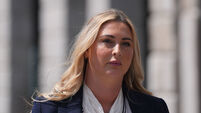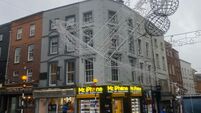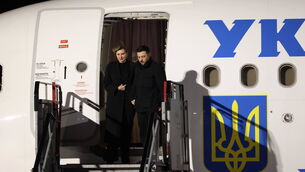Hidden threat of internet child porn
THE arrest of a man in West Cork in connection with the production of pornographic images of children is the realisation of every parent's fears.
While no one has ever been convicted here of that crime, child protection experts are convinced there are people scattered across the country who are taking abusive images of children and distributing them on the internet.













